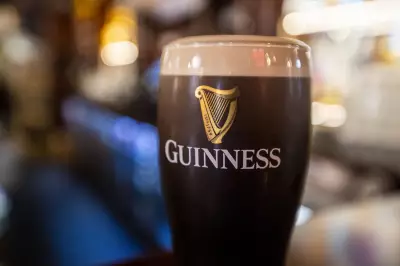
A holiday in Venice took a dramatic and dangerous turn for one unfortunate tourist this week, after blindly following Google Maps directions led him to an unexpected and watery destination.
The visitor, whose identity remains undisclosed, was attempting to navigate the floating city's famously confusing network of streets and bridges when his digital guide allegedly directed him straight off solid ground and into one of Venice's iconic canals.
When Technology Meets Tradition
The incident highlights the growing concern about over-reliance on digital navigation systems in historic cities where modern technology doesn't always align with centuries-old infrastructure. Venice, with its 150 canals and over 400 bridges, presents particular challenges for mapping applications that may not accurately distinguish between pedestrian routes and waterways.
Local authorities have noted several similar near-misses in recent years, though this appears to be one of the more dramatic examples of digital navigation gone wrong in the UNESCO World Heritage site.
The Human Cost of Digital Errors
While the tourist escaped serious injury, the incident serves as a stark reminder that smartphone maps aren't infallible. The victim was reportedly left shaken and soaked after being rescued from the murky waters, his Venetian adventure taking an unpleasant detour he certainly hadn't planned.
Emergency services responded quickly to the incident, but the psychological impact of such an event could linger long after the physical discomfort subsides.
A Wider Problem for Modern Travellers
This isn't the first time Google Maps has led travellers astray in complex urban environments. From directing drivers down one-way streets to suggesting impossible turns, digital navigation errors have caused everything from minor inconveniences to potentially dangerous situations worldwide.
What makes the Venice incident particularly concerning is the city's unique vulnerability to such errors, given its aquatic landscape and heavy reliance on pedestrian movement.
Striking a Balance in the Digital Age
Travel experts suggest that while digital maps are invaluable tools, they should be used in conjunction with traditional navigation methods, especially in historic or geographically complex destinations like Venice.
Local knowledge, physical maps, and common sense remain essential components of safe travel, even in our technology-dependent age. The incident serves as a cautionary tale for the millions of tourists who visit Venice annually, many of whom rely exclusively on their smartphones for navigation.
As one local shopkeeper remarked, "Sometimes, the old ways are the best ways - especially in a city that hasn't changed its street plan in centuries."





